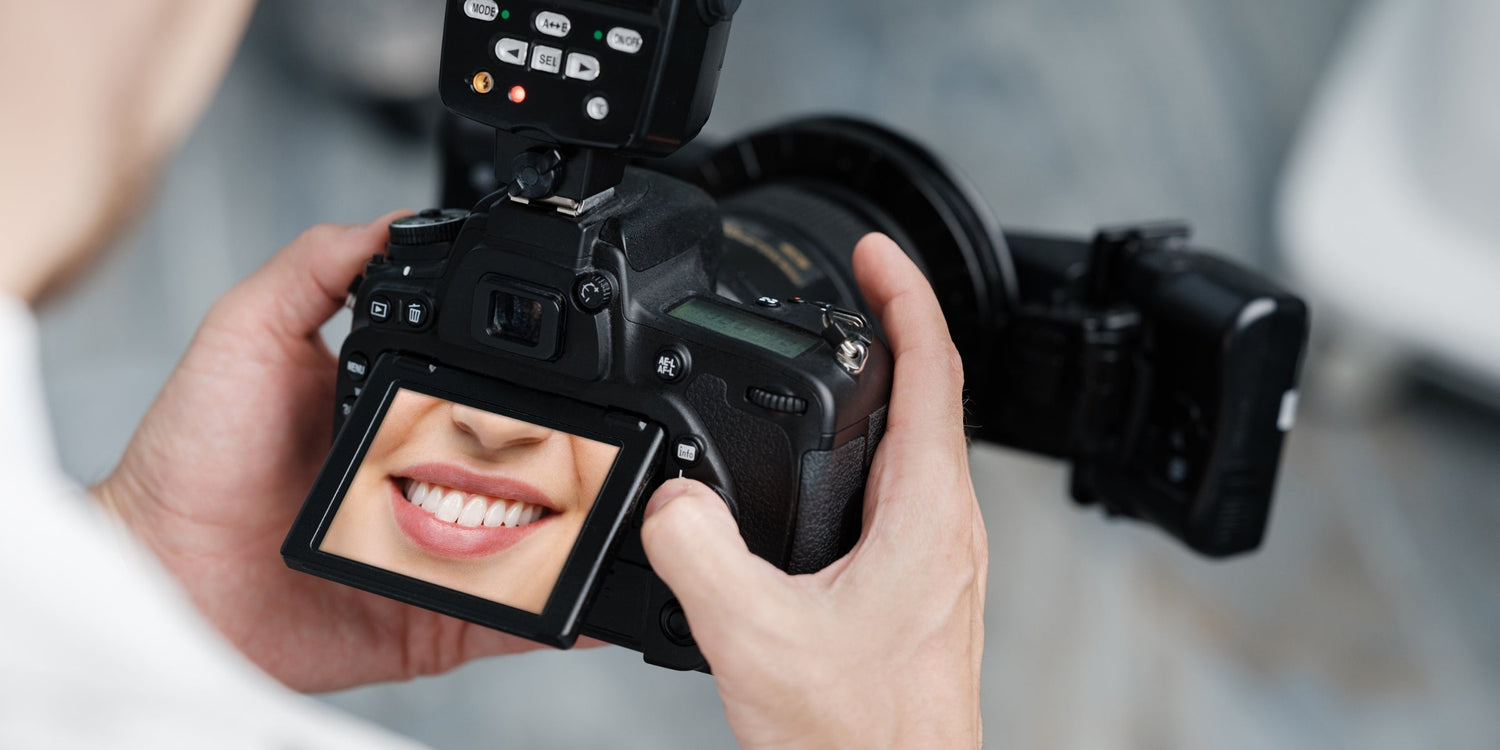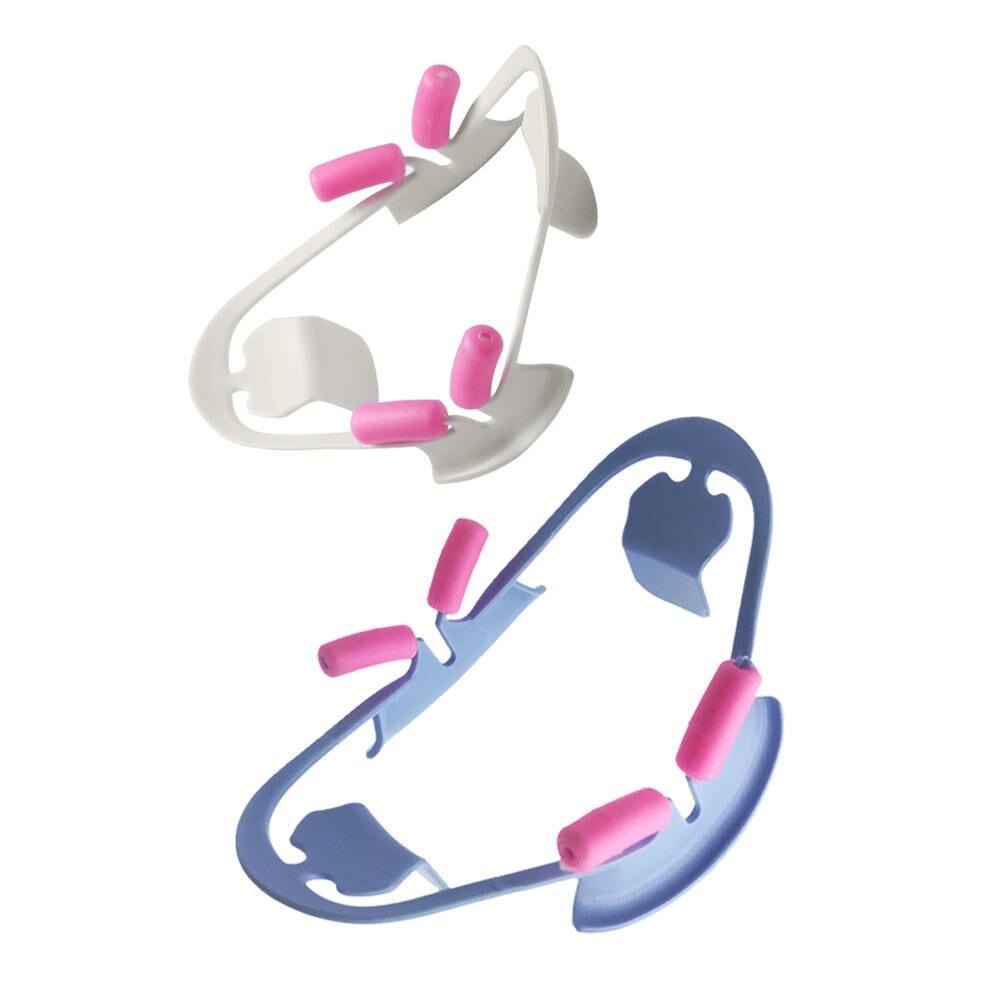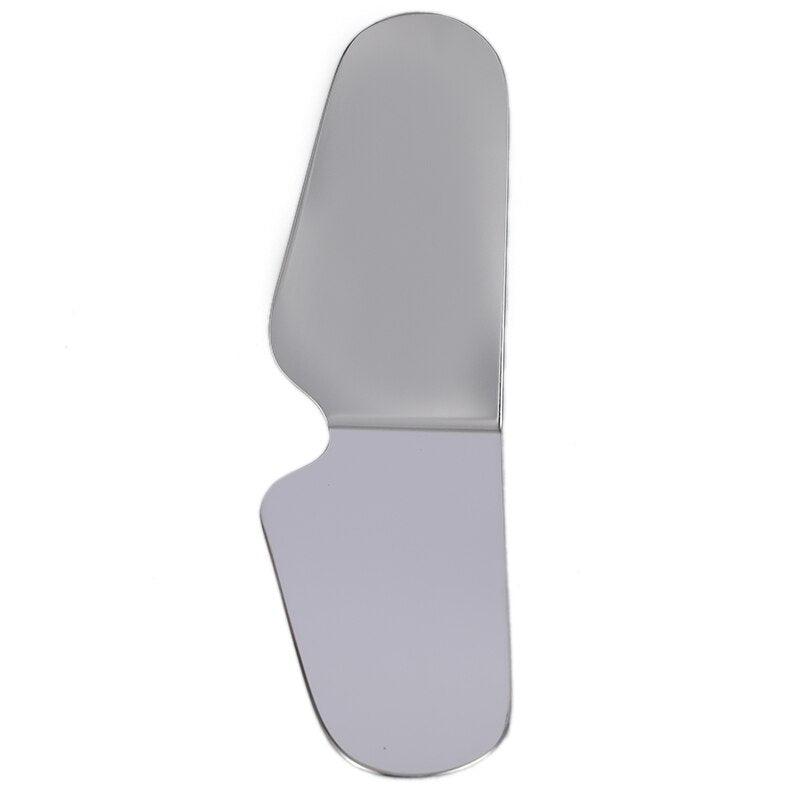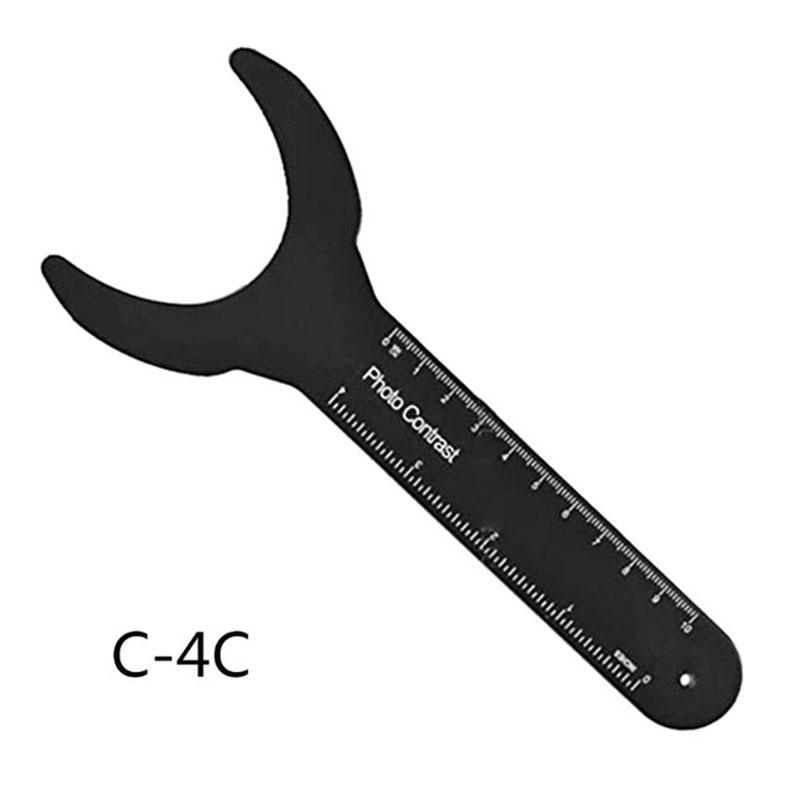In modern dentistry, dental photography plays a vital role in diagnostics, treatment planning, visualizing results, and communicating with patients. Photos of teeth and the oral cavity are essential tools that help dentists improve the quality of their work and provide high levels of care. Let’s delve into the significance of photo protocols and dental photography in contemporary dentistry.
Diagnostics and Treatment Planning
Photo protocols allow dentists to document the condition of a patient’s teeth and oral tissues before starting treatment. Photos can be used to compare changes in tissues over time, track treatment progress, and evaluate outcomes. Establishing an accurate diagnosis and developing an individualized treatment plan are facilitated by the visual data provided by photographs.
Photo protocols are particularly important for orthodontic procedures, as they help in documenting changes in bite and tooth mobility during braces treatment. Additionally, dental photography is useful for determining or comparing tooth color before and after whitening procedures.
Communication and Consultations
Photos are a powerful communication tool between dentists, patients, and other specialists. By showing patients images of their teeth and issues, dentists can explain diagnoses, treatment plans, and expected results more clearly and understandably. This helps build trust with patients, improves communication, and reduces anxiety levels.
For example, showing similar cases from practice, demonstrating the results of whitening, braces, or implantation – all of this is possible thanks to dental photography and well-prepared case presentations.
Educational Purposes and Scientific Research
Photos can be used for educating dental students, conducting lectures, and offering continuing education courses. They also help in demonstrating new techniques and technologies in dentistry. No conference, congress, or dental exhibition goes without dental photography.
Moreover, photos are widely used in scientific research to document clinical cases and publish results. Using high-quality equipment, such as the best DSLR for dental photography and accessories like black contrasters for dental photography, can significantly improve the quality of images used for educational and research purposes.
Legal and Regulatory Aspects
Photo protocols are a vital part of a patient's medical history documentation. Photos can serve as crucial evidence of diagnoses made, procedures performed, and results achieved. Well-documented photo protocols can protect your clinic in legal disputes, insurance cases, and expert examinations.
Enhancing Professionalism and Competitiveness
Using dental photography and developing high-quality photo protocols allow dentists to enhance their professional level, confirm the quality of their work, and stand out in the dental services market. This helps attract new patients, strengthen partnerships with colleagues, and improve the clinic’s reputation. Dental photography is extensively used for advertising purposes and publications on the clinic’s website and social media pages. High-quality dental content, such as artistic dental photography, is the first thing potential clients notice.
Conclusion
Photo protocols and dental photography are integral parts of modern dental practice. Their proper use enhances diagnostics, treatment planning, patient communication, scientific research, documentation, and legal protection. It also contributes to the professional development and competitiveness of specialists. Therefore, integrating photo protocols and dental photography into your dental practice is a crucial step towards achieving high standards of quality and efficiency in dental care.

























